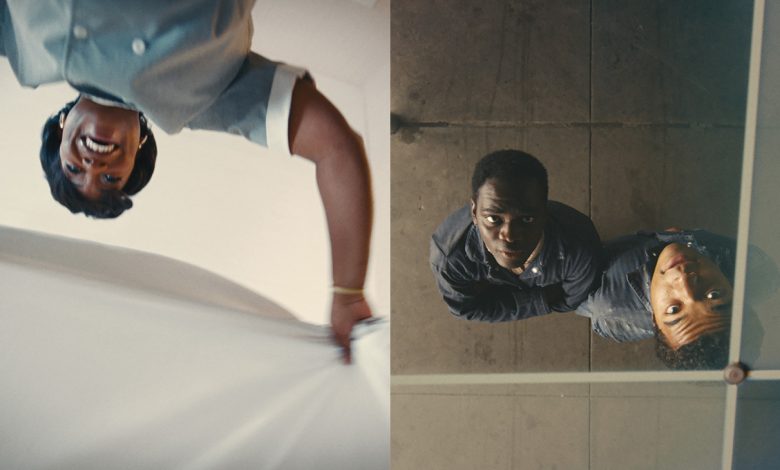Behind ‘Nickel Boys’ Unique Approach to Offer Characters’ POV

Nickel Boys could change the way we see faces onscreen.
That’s what editor Nicholas Monsour believes.
The drama, based on Colson Whitehead’s Pulitzer Prize-winning novel The Nickel Boys, is one of the most uniquely structured and shot films of the year. Director RaMell Ross made the decision to tell the story of two teenagers who meet at an abusive reform school in 1960s Florida from first-person perspectives. The camera starts as the eyes of Elwood (Ethan Herisse), who is sent to Nickel after accidentally hitching a ride in a stolen car on the way to college classes. Then it shifts to the point of view of Elwood’s friend Turner (Brandon Wilson), a charming young man initially resigned to his circumstances.
“That’s the craziest thing about the movie, and the most fun is seeing how these characters look at each other, which is something you don’t feel in most films,” Monsour says. “I think you look at faces differently after watching the movie.”
Monsour also believes the technique can help shed new light on characters.
“Part of what’s fascinating about the first-person POV is that you’re learning about the character through what the character chooses to look at, and that told me a lot about the character as I started to see that,” Monsour says.
When Monsour, whose credits include the Jordan Peele movies Us and Nope, initially came on to Nickel Boys, he found himself working with a director who, as an editor in his own right, had his own ideas about assembling a film. (Ross did that job on his Oscar-nominated documentary Hale County This Morning, This Evening.)
Once Ross arrived in New York to cut the film, he and Monsour had what Monsour calls a “theoretical orientation” around the ideas that Ross was trying to convey. In addition to delving into the history of point-of-view filmmaking, Monsour revisited texts he hadn’t read since college about the study of phenomenology, which deals with the philosophy of perception. He also reviewed the work of philosopher Lewis Gordon, who thinks about racialized ways of viewing. These would help him discuss his choices in the editing bay.
Nickel Boys also incorporates a lot of archival material. Nickel Academy is based on Arthur G. Dozier School for Boys in Florida, but beyond visual references to the real place, Ross includes other imagery from the historical record, such as documentary footage about the space race and Black life in America. Combining that with the material that cinematographer Jomo Fray shot created a “tapestry,” Monsour says.
Still, Monsour’s job as an editor was largely about building the audience’s understanding of character through what Elwood and Turner see. The archival images could sometimes act as a representation of what’s going on at a subliminal level for the characters, but Monsour also relied on the footage that came from the set.
“They really homed in on these types of moments that were very personal and yet also tell you so much about the specific sensitivity of Elwood and [his] intelligence and imagination,” Monsour says.
The action sometimes jumps ahead in time to show an adult version of Elwood, played by Daveed Diggs, providing some of the most startling moments of the film. (When Diggs is onscreen, the camera hovers behind him, rigged to his body. The effect, Monsour believes, is almost “ghostly.”)
The challenge in the editing process was deciding when to jump to what time period.
“It involved every trick in the book of stepping back and looking at outlines and at the rhythmic patterns of these things and then watching it and seeing what different effect it had if it happens slightly earlier or later,” he says.
He’s proud of the shock of the first transition to the older Elwood. “Humbly, I still get the same thrill that I got the first time we did the first cut to the adult Elwood footage, with a mouse click at the absolute most emotionally traumatic moment of the movie.”
Check out other revealing stories about how movies get made at THR.com/behindthescreen.
Source: Hollywoodreporter
Related Posts
- Roundball Rocked: With NBA Return Looming, NBC Purges Scripted Roster
- SoundCloud Says It “Has Never Used Artist Content to Train AI Models” After Backlash on Terms of Service Change
- Fox News’ Camryn Kinsey Is “Doing Well” After Fainting on Live TV
- Kerry Washington and Jahleel Kamera in 'Shadow Force.'
Courtesy of Lionsgate
…
- This Alternative Artist Landed a Top-20 Chart Debut With an Album Made Almost Entirely on His Phone





